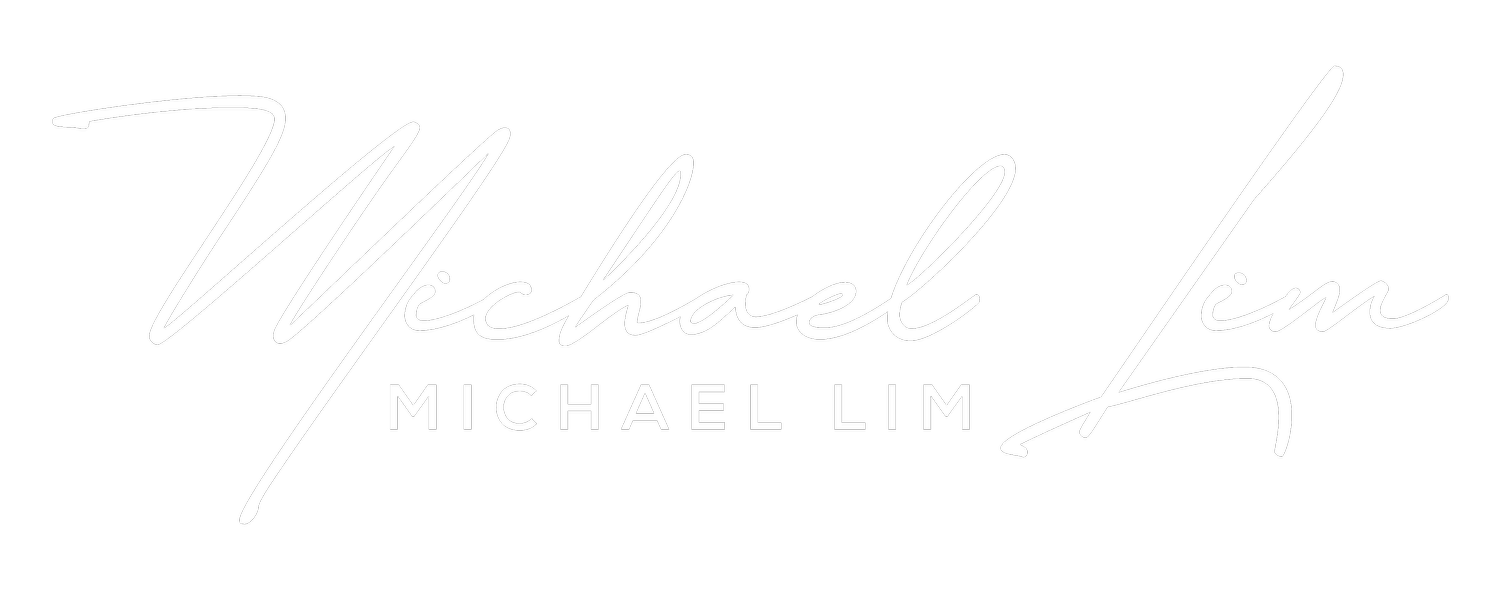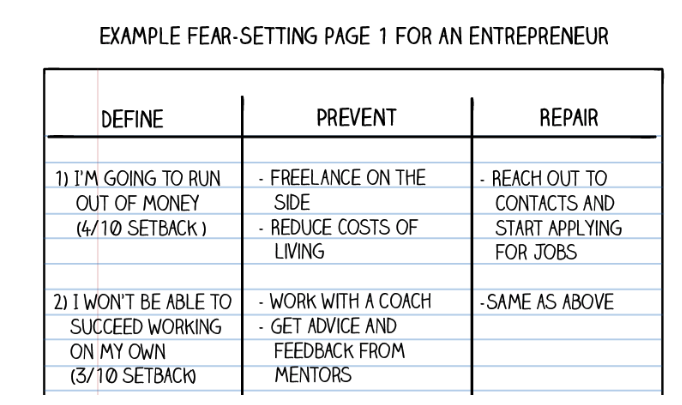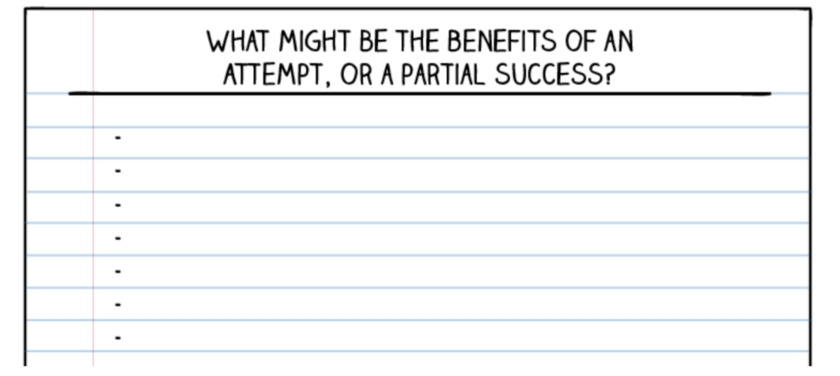This One Conversation With My Business Mentor Helped Me Create a Six-Figure Consulting Business
Why confronting your worst fears might be the best approach to starting a business
Photo by Xuan Nguyen on Unsplash
In 2022, I quit my 9–5 job to start my own one-person consulting business.
This is not a heroic story where I woke up one day, stormed into my manager’s office, and told them to get lost.
While you might fantasize about this situation, speaking to multiple entrepreneurs, this rarely happens. Why burn bridges?
Instead, I planned my escape from the 9–5 for the better part of 2 years.
The pandemic delayed my journey, but it didn’t stop me. I allowed myself to walk slowly during this time, but never backward.
In fact, the pandemic created the ideal environment to launch a business. I was working from home, I had more energy and time due to no commuting and everything went online.
I started posting content on LinkedIn and quickly found a niche that no one else was occupying. I doubled down on this approach, started to attract my ideal clients, and I slowly birthed my own consulting business.
3 months ago I took the plunge to work on it full-time. I now have a six-figure consulting business. I plan to scale this business into multiple six figures in 2023 and add more products and services in the near future.
Here’s the one conversation with my business mentor that changed everything.
The Day My Mentor Changed My Life.
One of my mentors had been telling me to start my own business for almost two years.
He had started his own consulting company and had already been working for himself for close to a decade.
Being in his 40s, he could see my potential and knew that the company I worked for couldn’t see my value or worth and was headed in a different direction than me.
Despite his encouragement, I was still hesitant.
I was trapped by my fear. I was paralyzed by analysis. I kept thinking of every bad scenario that could happen.
How many times has the fear of what could happen prevented you from taking action on your dream?
We had a deep 2-hour conversation about starting my own business.
I won’t go into every detail but here’s the main takeaway:
<Me>: “I am scared about taking the plunge.”
<Mentor>: “What’s the worse that can happen?”
<Me>: “Everything could fail and I have no business any more.”
<Mentor>: “What would happen next?”
<Me>: “I would have to go get another job.”
<Mentor>: “Exactly. You can’t lose. Your worst case scenario is most people’s best case scenario.”
I’ve never forgotten that moment.
It made everything click for me. I stopped letting fear control my decision-making. My mindset completely changed. I could only see the opportunity in front of me.
Ironically, when I addressed and unpacked one of my worst fears with my mentor, it no longer had any power over me.
The feeling was like being unshackled from the burden of heavy chains.
In his 2011 commencement speech at Dartmouth College, Conan O'Brien said:
“There is nothing more liberating than having your worst fears realized.”
Once I understood that the worst that could happen was finding another job, I felt liberated. I really had nothing to lose.
I had limited downside, but unlimited upside.
My options were:
a) I could start this business and become successful and achieve financial independence, freedom and happiness.
or…
b) The business could fail and I have to get another job until I have an idea of the next business I could start.
Being a knowledge-based consulting business, I didn’t have to take out a loan or go into debt. My upfront and ongoing costs were minimal. All I needed was a laptop and an internet connection.
As Seneca the Younger once said,
“We suffer more often in imagination than in reality.”
Plan based on fear but operate based on optimism.
While you might not have access to a business mentor, there is an exercise you can do yourself.
Tim Ferriss developed a fear-setting framework that he uses to make big decisions.
The problem with fear is that we often don’t have a good grasp of its magnitude. Fears can feel consuming and much bigger than they actually are.
The blogger Mindful Ambition describes this fear-setting exercise as:
“A structured reflection exercise is used to help you see decisions more clearly when fear is holding you back and distorting your thinking.”
I’ve found that 80% of overcoming your fears is gaining clarity on what they are. The other 20% is actually solving your fears.
Let’s begin.
Step 1:
Think about a goal you want to achieve but feel trapped by fear.
Grab a piece of paper and create three columns like the below example:
Step 2:
“Named must your fear be before banish it you can.” — Yoda
List out all the fears you have in the ‘define’ column. No matter how emotional or irrational they may sound. Save the judgment for later. Add a score out of 10 that represents the magnitude of the potential risk.
In the ‘prevent’ column, do some research on people who have done what you want to do and understand how they mitigated their risk.
Ask yourself:
Is there someone smarter than you who has figured this out?
Even better, is there someone stupider than you who has already done this? This might be a friend or family member (they don’t need to know)
In the ‘repair’ column, list out all the potential avenues to help you recover from the worst-case scenario.
For example:
Step 3:
Now that you have defined your fears, it's time to define the benefits of taking action.
Answer the question below:
Some of my responses to this question include:
Minimizing the amount of regret I had when I am older
Learning how to run a business
Making new connections and networks
Gaining a new perspective and life experiences
I realized that even if I failed, I would still get a lot of benefits out of the experience.
Step 4:
“Don’t only evaluate the potential downside of action. It is equally important to measure the atrocious cost of inaction.” — Tim Ferriss
Now that you’re clear on everything that could go wrong, mitigation tactics and repair strategies, it's time to calculate the cost of inaction.
Remember that change has a cost but so does staying the same.
The question becomes:
Which cost are you willing to pay?
The biggest cost of inaction for me was regret.
I didn’t want to get to the end of my life and think to myself: ‘If only I had the courage to back myself and start a business.’
As American Actress Lucille Ball once said, “I’d rather regret the things I’ve done than regret the things I haven’t done.”
If you stayed the same, what cost would that have on your life?
In Summary:
Negative visualization is just as helpful as positive reinforcement.
Taking the time to examine your fears more closely will produce an enormous Return-On-Investment (ROI).
When you do the activity above, you’ll realize that:
The “worst-case scenarios” of taking action are not catastrophic or permanent.
The benefits of taking action, partial success and even failure are greater than first thought.
Although the status quo can be comfortable, you may be paying a maintenance fee in the form of your mental and physical health.
—————————-
If you enjoyed this article, you can connect with me HERE.
You can also support more of my work by becoming a Medium Member using my referral link: michael-lim.medium.com





